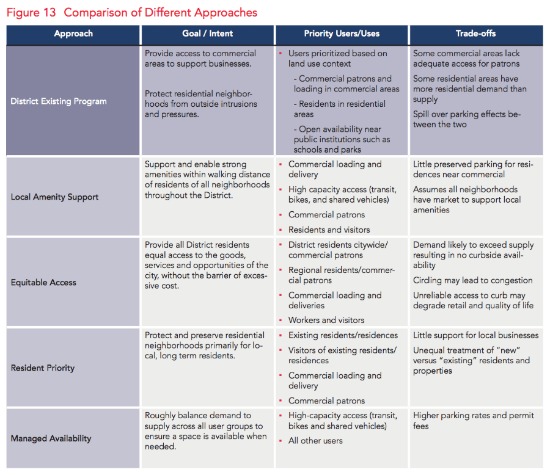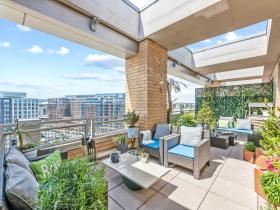 DC Parking Study Proposes Rules that Change from Neighborhood to Neighborhood
DC Parking Study Proposes Rules that Change from Neighborhood to Neighborhood
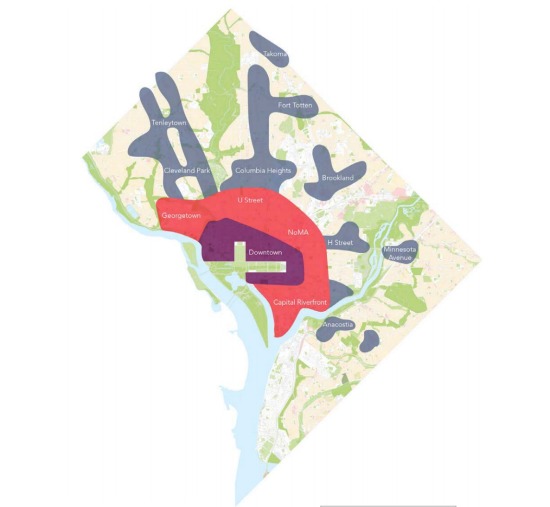
The District Department of Transportation (DDOT) has a handle on what’s wrong with the city’s Residential Parking Permit (RPP) system. Now they just need to fix it.
A new report issued last week outlines DDOT’s plans for the future, but with a broad brush. It’s most detailed when it comes to the parking problems the District currently faces.
Here at UrbanTurf, we’ve written in depth on the tension between developers who want to build residential buildings without parking and the current RPP system, which generally doesn’t enable specific buildings to eliminate RPP privileges. Even so, lots of developers have squeezed by the Board of Zoning Adjustment (BZA) with approval for fewer than the usually-required number of parking spots by promising to limit tenants’ abilities to obtain an RPP.
DDOT’s study tentatively addresses the problem.
The application of at least one option, “Resident Priority and Protection,” would potentially prohibit new buildings and their residents from obtaining RPPs, though a provision limiting new buildings from obtaining RPPs is also included in the application of the “Managed Availability” proposal. That policy is controversial because it privileges old residents over new residents. From the report:
“Resident-priority also has a temporal aspect to it. Neighborhoods and neighborhood connections are developed over time. Long-time and more permanent residents — generally those residing in single family and/or owner-occupied housing — are prioritized as a stabilizing force in the neighborhood.”
The study divides the city into four different neighborhood types seen in the map above and recommended specific approaches depending on neighborhood type. Here’s a breakdown:
Downtown Core
Neighborhood Examples: Penn Quarter, Foggy Bottom/West End, Dupont Circle
Application: Managed Availability
Possible changes proposed:
- Better commercial loading
- Bigger bus zones
- More valet parking
- More travel-only lanes instead of parking lanes
- More bike stations
- More motorcycle parking
- More taxi stands
- More meters with more flexible pricing
- Less RPPs or the complete elimination of RPPs
- Limiting or eliminating RPPs for new buildings
Higher Intensity Districts
Neighborhood Examples: Adams Morgan, Capitol Hill, NoMa, Lower 14th Street, Southwest Waterfront, Georgetown
Application: Managed Availability
Possible changes proposed:
- More performance parking, with dynamic meters that respond to demand
- Expansion of loading zones and loading zone hours
- More emphasis on public transit and bikes
- Making RPPs more expensive and increasing prices for permits in households with multiple permits
- Making visitors pay to park on RPP blocks, instead of giving them a two-hour grace period
- Making RPP zones smaller, instead of being Ward-based
- Limiting or eliminating RPPs for new buildings
Neighborhood Centers
Neighborhood Examples: H Street NE, Bloomingdale, Brookland, Mount Pleasant, Cleveland Park, Shaw, Takoma, Glover Park, Hill East, emerging centers east of the Anacostia River
Application: Local Amenity Support/Managed Availability in established neighborhoods; Local Amenity Support/Equitable Access in emerging neighborhoods
Possible changes proposed:
- In established neighborhoods, use much of the same tactics as in higher-demand areas, except for those plans’ emphasis on buses and bikes
- In emerging neighborhoods, implement stricter parking measures as demand warrants, but otherwise allow policies to be much looser
Lower-intensity districts/residential areas
Neighborhood Examples: 16th Street Heights, Petworth (excepting Georgia Avenue corridor), Woodridge, Benning Heights, Palisades, Kingman Park
Application: Resident protection
Possible changes proposed:
- In higher-demand neighborhoods, make permits pricier, raise rates on multiple permits, create a limit on how many permits a house can get, reduce the size of parking zones, and get rid of the two-hour grace period
- In lower-demand neighborhoods, keep permit prices low if they’re needed at all, and make visitor passes easy to obtain
Across the board, the changes will mean more expensive parking for people who visit DC or commute to other areas of the city for work or recreation. If implemented, the recommendations disallowing residents of new buildings from obtaining RPPs will either force developers to build more underground parking or allow more developers to build carless developments, or both; the study doesn’t get into the impact of this policy. Most, if not all, of the city’s two-hour grace periods in RPP zones would be eliminated in favor of a pay-to-park system, maybe one built solely on Parkmobile instead of meters.
Under the new system, parking would change drastically in all but the least-trafficked neighborhoods. DDOT has also proposed an overhaul of the visitor parking permit system, but from the study, it mostly speaks to how residents will obtain a new permit.
DDOT’s given itself time to consider how to implement the changes, according to the study. It’ll be more than two years until many of the changes are implemented.
Here’s a general overview of the four methods that the city offers for doling out parking spaces going forward:
See other articles related to: ddot, parking, parking study
This article originally published at https://dc.urbanturf.com/articles/blog/ddot_parking_study_proposes_parking_rules_that_change_from_neighborhood_to_/8926.
Most Popular... This Week • Last 30 Days • Ever

DC's homebuyer assistance programs can be a bit complex. This edition of First-Timer ... read »

When it comes to financing a home purchase, a 30-year mortgage is one of the most com... read »
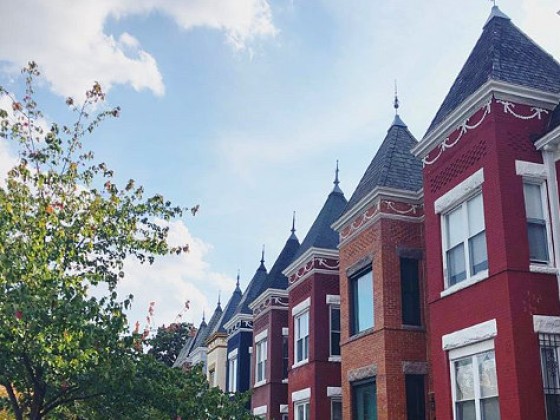
Pocket listings are growing in popularity in the low-inventory market in the DC regio... read »
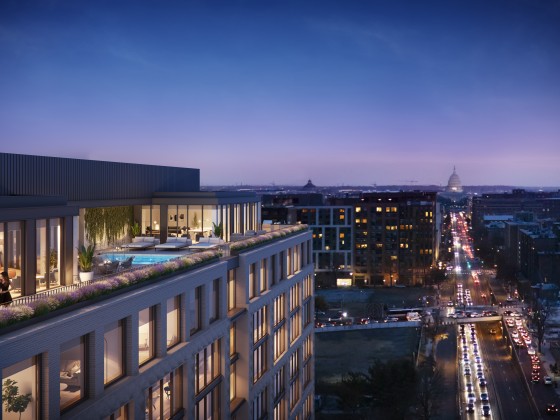
Plans for the development at a prominent DC intersection began nearly eight years ago... read »

The eight-bedroom, 35,000 square-foot home in McLean originally hit the market in 202... read »
DC Real Estate Guides
Short guides to navigating the DC-area real estate market
We've collected all our helpful guides for buying, selling and renting in and around Washington, DC in one place. Start browsing below!
First-Timer Primers
Intro guides for first-time home buyers
Unique Spaces
Awesome and unusual real estate from across the DC Metro
